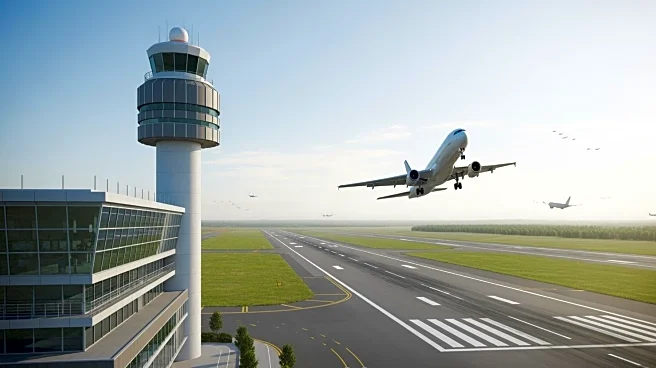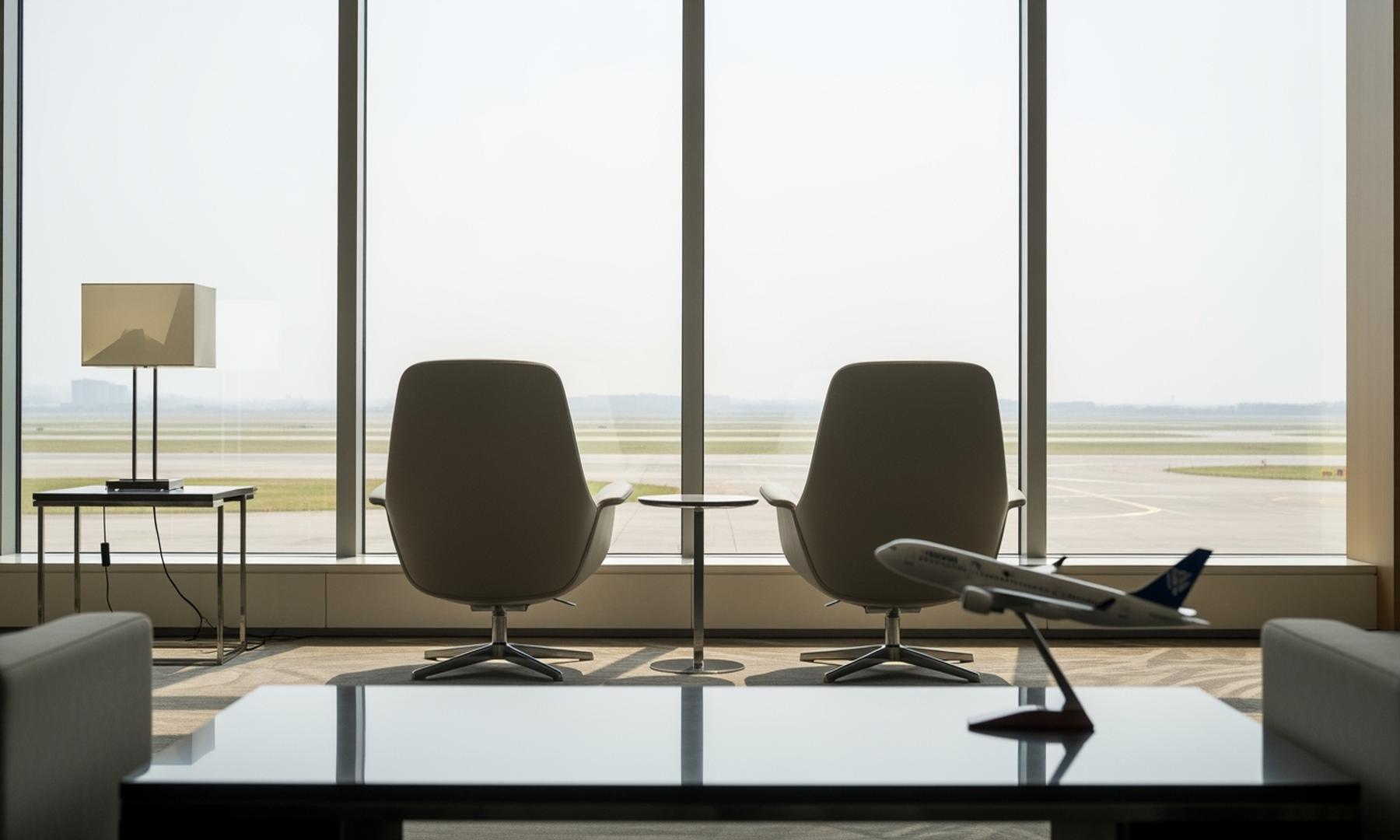What's Happening?
Stockholm Arlanda Airport (ARN) has introduced a new approach concept allowing aircraft to land using curved trajectories, enhancing efficiency and reducing emissions. This development, known as Established
on RNP (EoR), enables aircraft equipped with Required Navigation Performance–Authorization Required (RNP-AR) technology to utilize continuous descent approaches. The initiative aims to increase landing capacity on ARN's parallel runways, allowing shorter flight paths and lower emissions. Swedavia, the airport operator, highlights the importance of this concept in boosting air traffic capacity and sustainability. The technique requires specialized equipment, trained pilots, and permission from national supervisory authorities. Airlines such as Norwegian and SAS Scandinavian Airlines have praised the initiative for its potential to reduce fuel consumption and noise.
Why It's Important?
The implementation of curved approaches at Stockholm Arlanda Airport represents a significant advancement in air traffic management, potentially setting a precedent for other airports globally. By allowing shorter and more efficient landing paths, the initiative can lead to reduced fuel consumption and lower emissions, aligning with broader environmental goals. This move incentivizes airlines to invest in necessary technology and training, promoting sustainable practices in the aviation industry. The increased efficiency during peak hours can enhance airport operations, benefiting airlines and passengers through reduced delays and improved scheduling.
What's Next?
As more airlines adopt the technology required for curved approaches, Stockholm Arlanda Airport may see further improvements in air traffic flow and environmental impact. The success of this initiative could encourage other airports to implement similar systems, potentially leading to widespread changes in air traffic management. Airlines might increase investments in RNP-AR technology and pilot training to fully utilize the benefits of curved approaches. Additionally, regulatory bodies may consider revising standards to accommodate these advancements, fostering innovation in aviation.
Beyond the Headlines
The introduction of curved approaches at Stockholm Arlanda Airport could have long-term implications for the aviation industry, including shifts in regulatory standards and technological advancements. This development may prompt discussions on the balance between operational efficiency and environmental sustainability, influencing future airport designs and air traffic control systems. The initiative also highlights the role of technology in transforming traditional practices, potentially leading to broader adoption of innovative solutions in other sectors.











